Polymorphic Impurities: Risk Assessment & Investigation
Introduction
Polymorphism arises when a solid compound present in two or more crystal forms. If polymorphic impurities or anything else other than the predicted crystalline forms is present in a drug substance of a pharmaceutical product, it may impact the performance, quality, safety, efficacy, and stability of the drug product. Different polymorphic forms can have different melting points, spectral properties, and thermodynamic stability. Amorphous
Assessment of Risk to the Quality of Drug Substance and Drug Product
Polymorphs are one type of solid form. Other solid form types include solvates, hydrates, and amorphous forms. Many organic and inorganic compounds, including drug substances, can exist in multiple solid forms. In the manufacturing of drug substance, polymorphism of crystals must be strictly controlled, because it significantly affects the bio-availability of a drug Impurity is one of the important aspects in control of crystal polymorphism.
Polymorphism is regularly affected by a trace amount of impurities. Many drug substances are synthesized through many reactions. It is significant to know the impact of the impurities in the presence of crystal polymorphs.
Crystallization from different solvents may give rise to different crystal forms or solvates. Excessive humidity or heat are the most visible cause of polymorphism. Changes in polymorphism can also be induced as a significance of numerous common stages of drug substance processing such as granulation, melting, spray drying, compression, and milling that are required to produce the final dosage form.
Investigation of Polymorphic Impurities
Powder X-ray diffractometry is a powerful analysis technique to detect trace impurities of ≤1%. X-ray diffraction patterns provide an influential technique to analyze the different crystalline or amorphous form of the drug substance. XRD is a perfect technique for the estimation of polymorphic impurities due to its simple sample preparation and non-destructive technique. XRD diffractogram characterizes a crystalline drug substance “fingerprint” required for patent descriptions, and to classify different lots of drug substances. Following are the usages of XRD techniques:
- Detection of different form impurities,
- Excipient compatibility study,
- Crystal morphology of drug substance,
- Drug substance and drug product stability or dosage uniformity of different batches,
- Optimization of process parameters.

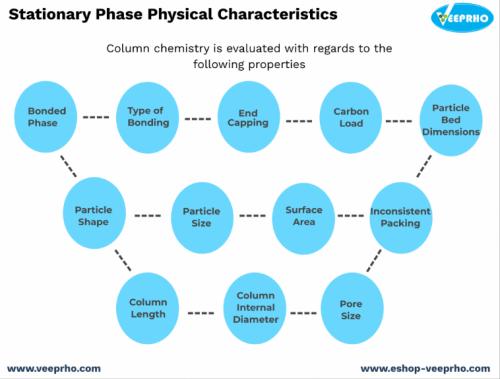
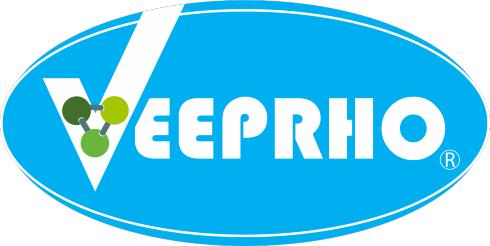
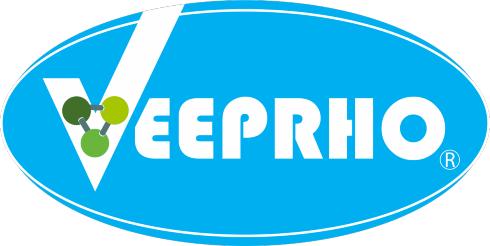
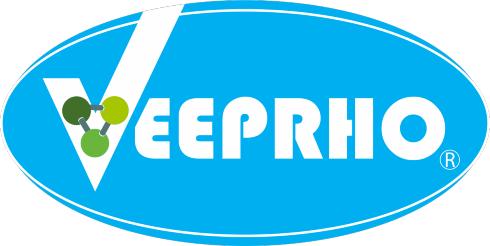
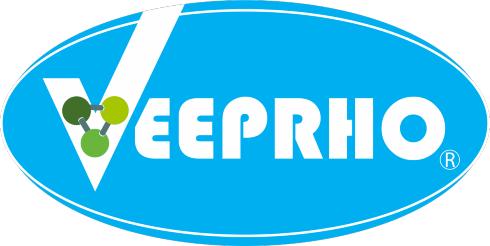
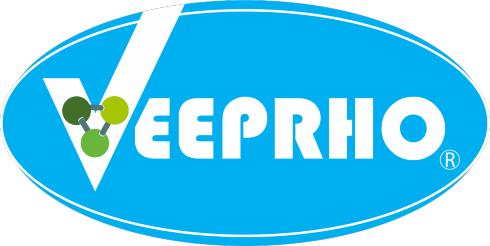
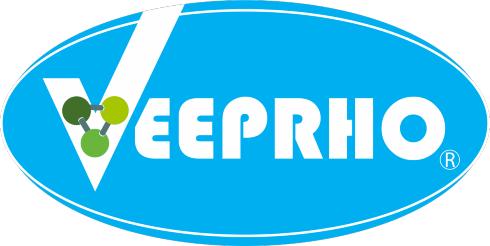
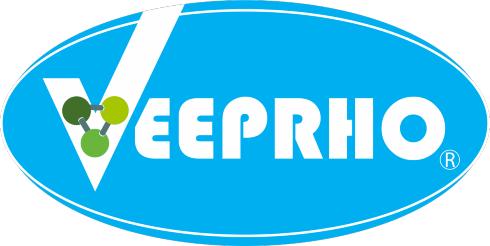
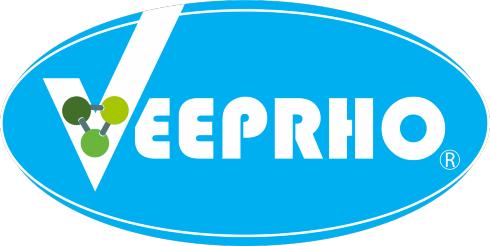
Comments